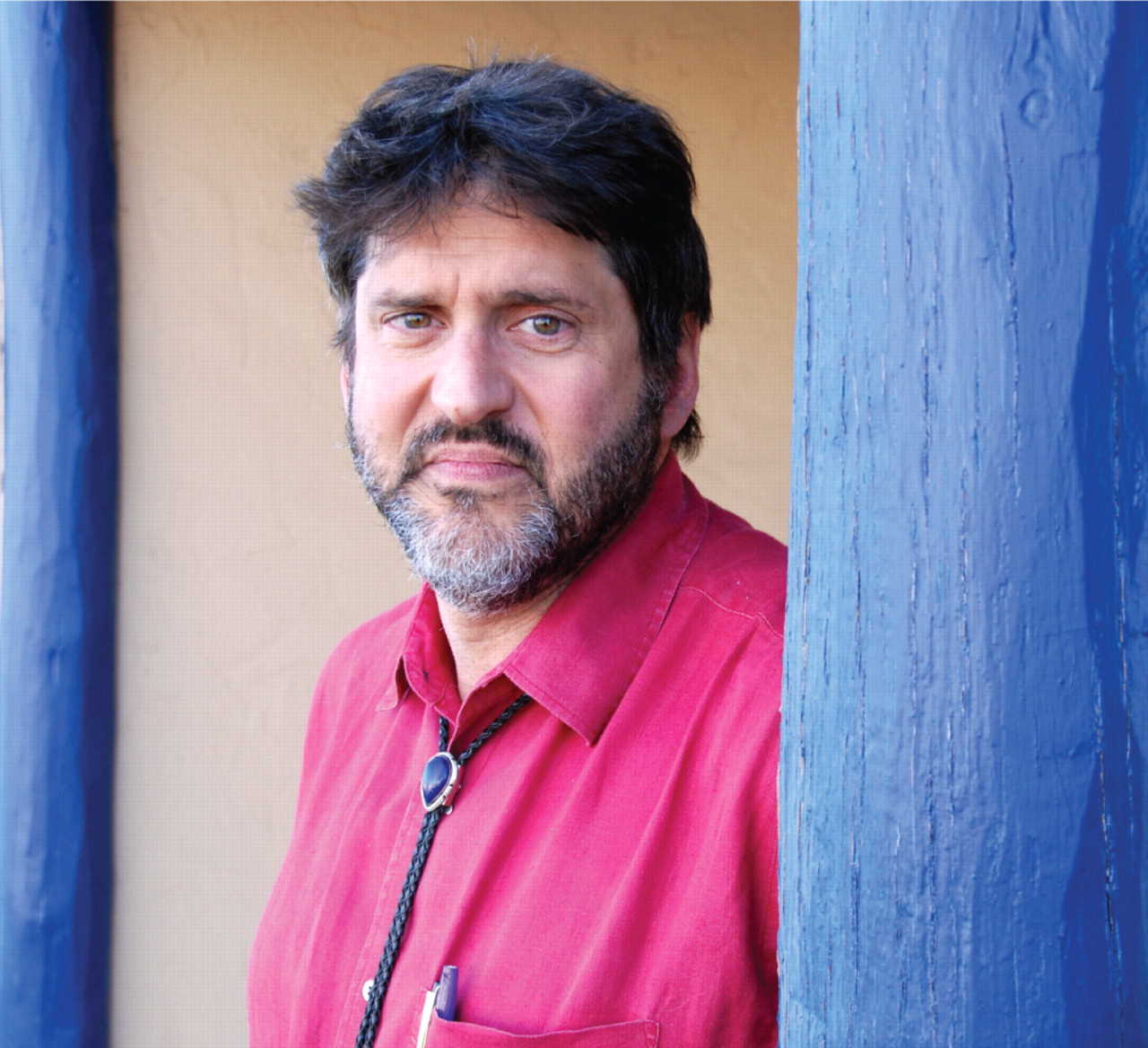Project Tries to Identify First Signs of Psychosis
Abstract
If other disease models can adopt a public-health perspective, emphasizing prevention and early intervention, why not psychiatry?

Steven Adelsheim, M.D., urges expansion of a public-health model in child psychiatry to emphasize prevention and early intervention.
Perhaps more attention (and resources) devoted to the mental well-being of children might help, said Steven Adelsheim, M.D., a professor of psychiatry, pediatrics, and family and community medicine at the University of New Mexico School of Medicine.
He spoke at the annual meeting of the American Academy of Child and Adolescent Psychiatry in Honolulu in October.
A report from the Institute of Medicine last February urged the federal government to take steps to prevent mental, emotional, and behavioral disorders in young people, citing the long-term benefits in reducing disability.
In general, half of all mental illnesses begin by age 14, and 75 percent start by age 24, but they often go unrecognized in the early stages, said Adelsheim, who is also director of the university's Center for Rural and Community Behavioral Health.
Psychosis represents an especially attractive target for prevention, said Adelsheim, citing statistics showing high levels of disability in people who have schizophrenia or other psychosis, a 90 percent unemployment rate, and extensive lifetime treatment and disability costs. Repeated psychotic episodes are associated with poor functioning and longer time to remission.
“Psychosis can have a slow and subtle onset,” said Adelsheim. “Children get scared and bewildered, while parents don't notice changes because they are so gradual. The time from onset to diagnosis really matters. There's something toxic to the brain about psychosis.”
Patients, Health System Benefit
Early discovery in children might lead to earlier treatment, less suffering, and a lower burden on the health care system, he noted.
Adolescent onset is associated with a longer duration of untreated psychosis, but shortening that duration is associated with greater response to treatment and lessening of positive and negative symptom severity. Yet little work in this area has been done from a child-development perspective, he said. Psychosis is usually viewed from the adult perspective, and then tweaked to accommodate its appearance in children, said Adelsheim.
Full prevention of mental illness in children may still be a long way off, but early detection and intervention may at least mitigate symptoms, he suggested. No single prodromal symptom defines early-onset psychosis, but some combination of any of a dozen or so alterations in cognition, attention, mood, sleep, and other domains offer substantial clues. Symptoms such as suspiciousness, paranoia, or inappropriate fears, for example, should be judged not just by their presence but by how tightly the person holds to those beliefs.
At least five small studies of early interventions from four countries have looked at one-year rates of conversion from prodromal symptoms to psychosis. Overall, they found that about 34 percent of control subjects converted, while just 10 percent of the intervention groups did so.
An Australian program, for instance, reduced the average duration of symptoms before receiving psychiatric care from about 1,300 days to about 150 days and decreased the one-year rate of transition to psychosis from 0.5 to 0.1.
Yet there is still no way yet to know in advance which patients will make the transition to the full disorder, said Adelsheim.
Early-Detection Studies Under Way
Researchers at multiple facilities are trying to understand more about that process. The Early Detection and Intervention for the Prevention of Psychosis Program (EDIPPP), funded by the Robert Wood Johnson Foundation, was originally developed in Maine and has expanded to six sites nationwide. It seeks to combine research with a public-health approach to early detection and intervention.
Adelsheim and colleagues recently added a site in Albuquerque, the Early Assessment and Resource Linkage for Youth (EARLY), with added funding from the Mind Research Network and the University of New Mexico School of Medicine. The program now covers half of the 600,000 people in the Albuquerque area. Eligible young people have to be between the ages of 12 and 25. The program includes community outreach and education, screening and referral, and, for high-risk candidates, individual and group treatment, school or employment support, and medication, if needed. Optional components include brain imaging and genetic testing.
The program's outreach materials describe warning signs of mental illness and invite interested persons to call or visit a clinic. There is some overlap between the educational and recruiting function of the outreach campaign, said Adelsheim, medical director and co-principal investigator of EARLY. The program's first year resulted in 174 calls but only eight people entered the treatment arm, and one went into the control arm. Cultural issues have also arisen in New Mexico, with its large Spanish-speaking population. There is a lack of Spanish-language research tools and program elements, and “family” in different ethnic groups may mean nuclear or extended family or include grandparents or friends.
Adelsheim also expressed concern about false positives occurring in an early-detection effort. “If you've identified someone as potentially psychotic, have you labeled them or affected their future health-insurance status?” he asked. “Did you help them, or has the intervention made no difference at all?”
All these questions remain to be answered as the program proceeds.
Information about New Mexico's EARLY Program is posted at <www.earlyprogram.org>.



